Kangaroo Island is often referred to as ‘Australian Galapagos’. And for a good reason. Because of its isolation, Kangaroo Island is free of many diseases and pest species found on the mainland, providing a much-needed breeding safe heaven to a wide variety of wildlife species. It is a premier eco-tourism destination in Australia that I was fortunate enough to visit for a few days of wildlife watching.
The two-hour ferry ride to the island from South Australian mainland can be an adventure in itself in rough seas. It was already pitch-black outside when I boarded the ferry and while it was light and comfortable inside the ferry cabin, it was impossible to ignore the massive swells, as I was watching my coffee cup trying to slide off the table every time the ferry climbed a big wave.
Thankfully, I was met on the island wharf by someone from the guesthouse, where I booked my accommodation, and within 10 minutes of my arrival I was having a hot shower and making plans for the following day. Though, the only decision I had to make was which tour company to use for the day of wildlife viewing. And since there were only two companies on the island that offered the tours, it wasn’t much of a choice anyway, and I decided to spend one day with each.
The first morning started with a drive across the island to the Rocky River grasslands – the breeding grounds of the endangered Cape Barren Geese (Cereopsis novaehollandiae). This species is one of the world’s rarest geese, but the island’s population is quite tame and can be easily viewed and photographed. Apart from the very tame geese the grasslands provide habitat to Kangaroo Island’s subspecies of the Western Grey Kangaroo (Macropus fuliginosus fuliginosus) and the endangered Tammar Wallaby (Macropus eugenii). Three new species in the first hour of the day was a great start! Back on the road we spotted a large Rosenberg’s Goanna (Varanus rosenbergi) and a few Short-beaked Echidnas (Tachyglossus aculeatus).
Next major stop on the itinerary was Seal Bay. This bay is home to the island’s breeding colony of yet another endangered animal – Australian sea lion (Neophoca cinerea). The breeding colony at Seal bay is protected by the National Parks and Wildlife Services Department and the beach can only be visited in the company of a NPWS guide. The size of the colony is quite impressive and the animals are very tame; they go about their business practically ignoring the humans that stand among them. Most of the adults were snoozing, exhausted from having spent many days hunting out at sea. The juveniles, on the other hand were very active. Sea lions have extremely flexible hind flippers that can be rotated forward and beneath the body. This enables sea lions to easily move on land, unlike the seals that appear quite clumsy out of the water.

Not far from Seal Bay is one of the island’s most unusual geological formations called ‘Remarkable Rocks’. As the name suggests it is a cluster of large rocks, or granite boulders to be precise, that have been sculptured by weather erosion into some very unexpected shapes.
Before leaving the coast and heading inland, we visited the colony of New Zealand Fur seals (Arctocephalus forsteri), at Cape du Couedic. Apart from the ease of movement in terrestrial environments, the seals differ from the sea lions in having external ear flaps and fully furred flippers.
Cape du Couedic is a far less hospitable spot than Seal Bay. The fur seals live at the bottom of wind-swept cliffs where the waves crash into the rocks with relentless ferocity. The waves and the wind are responsible for creating another one of the island’s well-known geological attractions – a rock arch knows as the ‘Admiral’s Arch’ down below where the rocks meets the ocean.
In the afternoon we visited yet another landscape wonder of the island – Little Sahara. It is a unique, expansive sand dune area located several kilometers from the coast. It is thought that originally the sand was blown in from the coastal beaches to create this little desert. Even now the dunes are in constant motion, slightly changing their position each year.

Just before dusk we visited Baudin Conservation Park for another chance to view Tammar wallabies (Macropus eugenii). This species, smallest of the wallaby family, were once extinct on the mainland, though have now been re-introduced from a breeding population found in New Zealand.
Naturally, the wildlife watching opportunities did not end after the sun had set. The guest house I chose to stay in on the island was located right next to the Little Penguin (Eudyptula minor) rookery in the town of Penneshaw (which was off course, the reason behind my accommodation choice). At about 8 pm a little tour group from the guest house took off to the beach to watch dozens of the world’s tiniest penguins making their way home after a hard day’s fishing. The rookery was well protected and additional burrows were made in the rock face to accommodate the penguins. A bonus sighting of the night was that of a Tawny frogmouth (Podargus strigoides), pretending to be a part of a branch overhanging the walking trail.
The next day’s tour was more or less identical in terms of itinerary and species observed, with a single deviation of visiting a seabird colony at Kingscote. Unfortunately, the birds were too far away and there was no ‘covert’ way to approach the colony.
During my free time I explored the island on foot watching out for birds and reptiles. I found a few different species of parrots, gulls and some adorable Sooty Oystercatchers (Haematopus fuliginosus).
On the morning of my departure I woke up before the sunrise in the hope of photographing some dramatic seascapes in the early morning light. While the lightwasn’tquite as dramatic as I expected it was a perfect way to say goodbye to this amazing island, that as far as I was concerned has certainly lived up to its nick name of ‘Australian Galapagos’.
Margarita Steinhardt
I am a wildlife ecologist by training but more of a naturalist by inclination. I have been photographing wildlife for a number of years, throughout my travels in Thailand, India, Africa, and Russia, as well as my life in Australia. What drives me is the excitement of a new destination and the new species to be discovered and photographed.











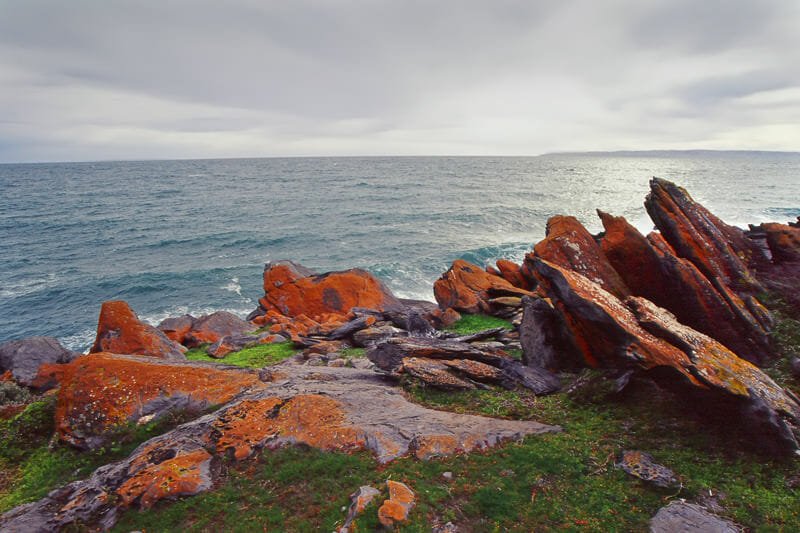


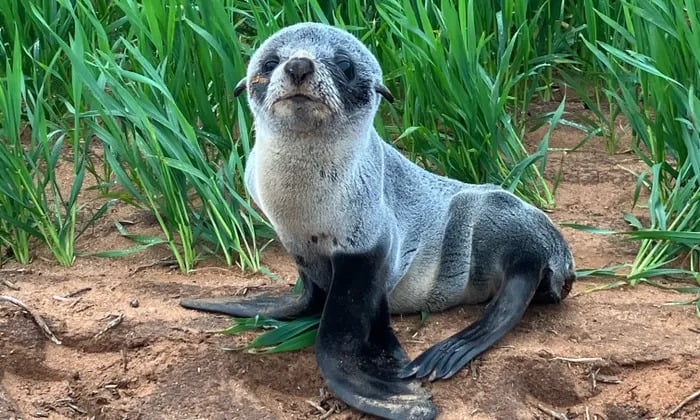

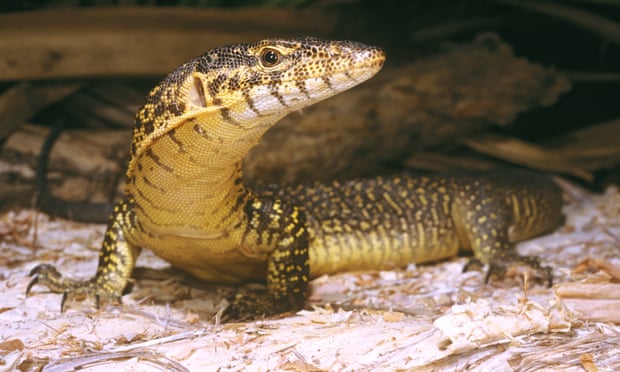

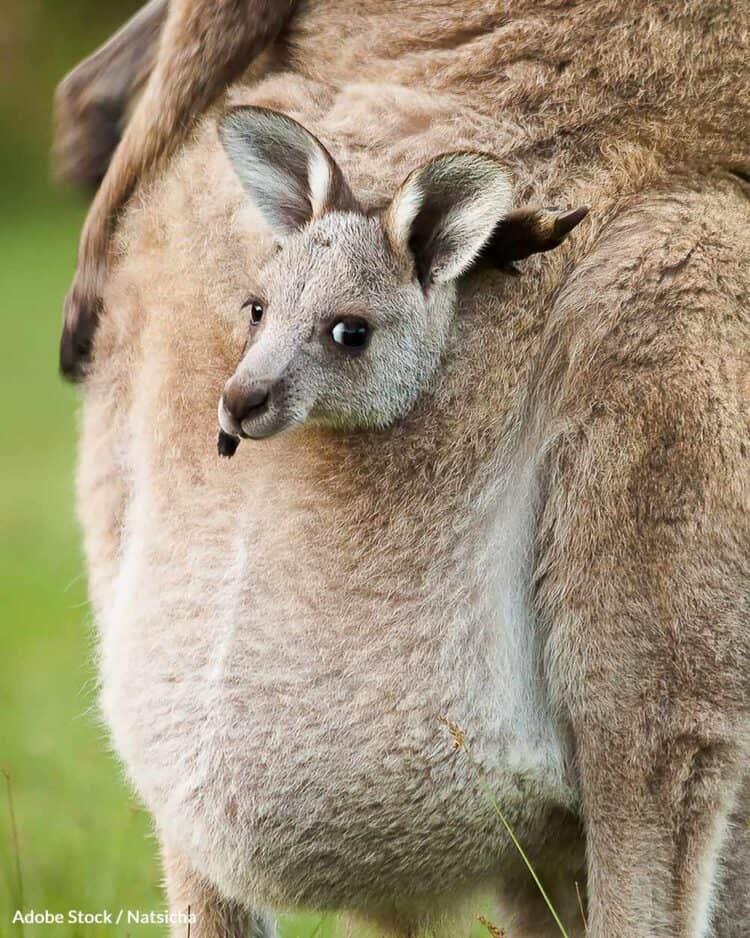
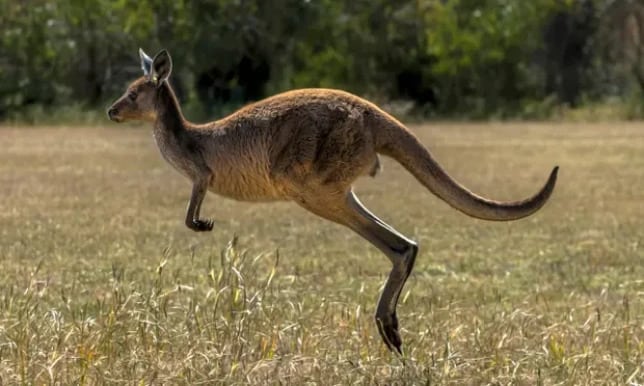
Leave a Reply